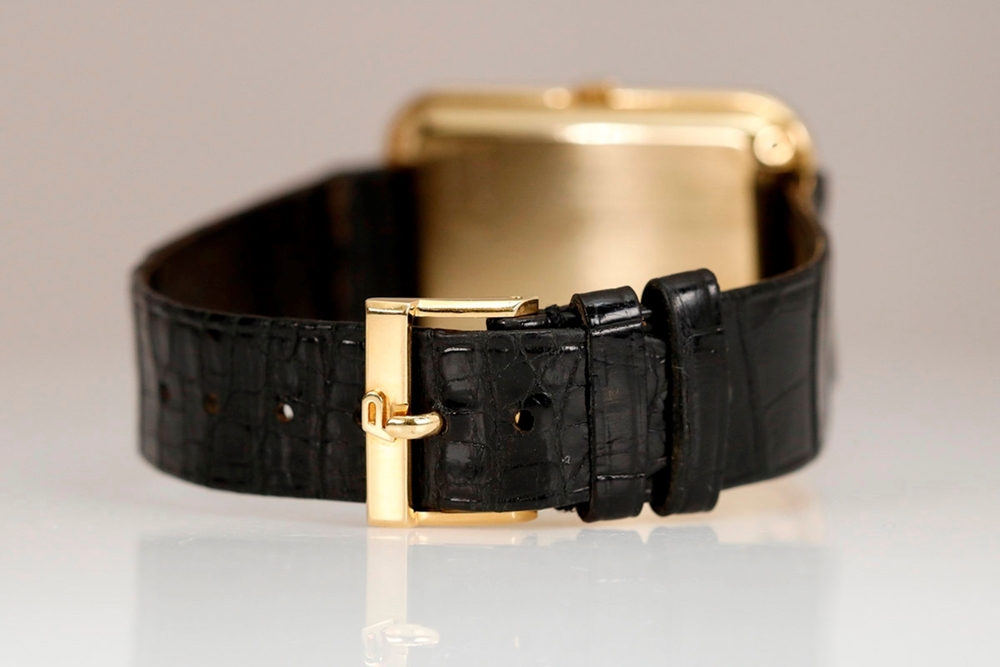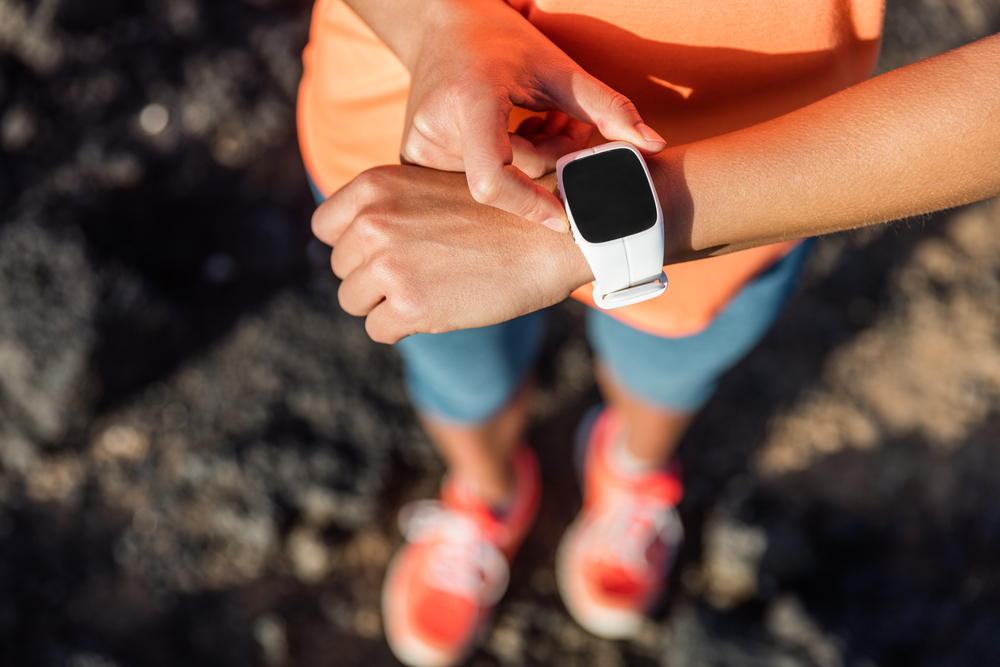If you’ve ever found yourself constantly adjusting your watch throughout the day, you’re not alone. The struggle to find the perfect watch fit is a common issue many people face.
A watch that’s too tight can cause discomfort, while one that’s too loose can be a nuisance.
For an optimal watch fit, aim for a snug but comfortable grip that allows you to insert a finger between the wrist and the band. The watch should stay in place without sliding during regular activities. A too-tight fit can cause skin irritation and impact the watch’s mechanics, leading to long-term issues. Conversely, a too-loose fit risks the watch sliding around, causing distractions and potential damage. Proper wrist measurement and band adjustment are essential for achieving this balance.
This article aims to provide you with comprehensive insights into achieving the perfect watch fit, based on expert opinions and real-world experiences.
The Importance of Proper Watch Fit
When it comes to watches, the fit is as crucial as the design and functionality. A watch that’s too tight can lead to skin irritation and even affect blood circulation.
On the other hand, a loose watch can slide around, causing distractions and even affecting the watch’s mechanical integrity. Therefore, understanding the proper watch fit is essential for both comfort and longevity.
Factors Affecting Watch Fit
When it comes to achieving the perfect watch fit, several variables come into play. Ignoring these can lead to discomfort, reduced functionality, and even long-term damage to your timepiece. Let’s delve into these factors to help you make an informed decision.
Material of the Watch Band
Different materials have unique characteristics that influence fit. For instance, leather bands tend to stretch over time, requiring periodic adjustment. Metal bands, on the other hand, are more rigid but can be resized by adding or removing links.
Wrist Size and Shape
Your wrist size and shape significantly affect how a watch fits. A watch that fits well on a flat wrist might not sit comfortably on a more rounded one. Knowing your wrist dimensions can guide you in selecting the right watch size and band length.
Type of Clasp or Buckle
The type of clasp or buckle can also impact fit. Traditional buckles offer more adjustability but can be cumbersome to fasten. Deployment clasps are easier to use but may offer fewer size options.

Activity Level
Your activity level is another crucial factor. If you lead an active lifestyle, you may prefer a tighter fit to prevent the watch from bouncing during physical activities. Conversely, a looser fit may be more comfortable for sedentary tasks.
By considering these factors, you can better understand what affects watch fit and make adjustments accordingly for a comfortable and functional experience.

How To Measure Your Wrist for a Watch
Getting the right watch fit starts with knowing the dimensions of your wrist. An incorrect measurement can lead to discomfort and may even affect the watch’s functionality. Here’s a step-by-step guide to ensure you get it right.
Tools You’ll Need
- Flexible measuring tape or a strip of paper
- A ruler
- A pen for marking
Step 1: Position the Measuring Tape
Wrap the flexible measuring tape around your wrist where you usually wear your watch. If using a strip of paper, wrap it around your wrist and mark where it overlaps.

Step 2: Take the Measurement
Ensure the tape or paper sits snugly against your skin without being too tight. The tape should make full contact with your skin but not press into it. Read the measurement where the tape meets the zero point.

Step 3: Mark and Measure (If Using Paper)
If you’re using a strip of paper, lay it flat after marking and measure the length up to the mark using a ruler.
Step 4: Add Some Allowance
For a comfortable fit, add about half an inch to an inch (1.3 to 2.5 cm) to your wrist measurement. This is your ideal watch band length.
Step 5: Compare with Watch Specifications
Use your final measurement to compare with the band lengths of watches you’re interested in. Keep in mind that some watches have adjustable bands, offering more flexibility in fit.
By accurately measuring your wrist, you set the foundation for a comfortable and functional watch-wearing experience. Armed with this information, you can make more informed choices, whether you’re adjusting an existing watch band or buying a new timepiece.
Signs Your Watch Is Too Tight or Too Loose
If you’re experiencing physical discomfort or see marks on your skin, your watch is likely too tight. Conversely, if your watch moves up and down your arm during regular activities, it’s probably too loose.
Another sign to look out for is inconsistent timekeeping, which can occur if the watch is too tight and puts pressure on the mechanics. These signs serve as red flags that you need to adjust your watch fit.
Expert Tips on Achieving the Perfect Fit
Several watchmakers and fashion experts have weighed in on this topic. The consensus is that the watch should be snug but not tight. You should be able to slide a finger between the watch band and your wrist.
For leather bands, consider using the tightest setting that still feels comfortable, as the material will stretch over time.
For metal bands, you may need to remove or add links for a better fit. These watch adjustment tips can go a long way in ensuring you achieve the perfect fit.

Common Myths About Watch Fit Debunked
There are several myths about how a watch should fit, and it’s time to debunk them. One common misconception is that a watch should be worn very tight to keep accurate time. This is not true; in fact, a watch that’s too tight can actually affect its timekeeping abilities.
Another myth is that loose watches are more comfortable. While a loose watch might feel less restrictive, it can move around and cause distractions or even damage.
Additional Resources
- Watch Sizing Guide from Real Men Real Style
- How to Measure Your Wrist from WikiHow
- Watch Fit Tips from Tree Hut

Alex Sterling isn’t just a seasoned writer; he’s a connoisseur of fine living, with a particular passion for high-end watches. He loves uncovering the latest trends in technology, lifestyle, and wellness.
